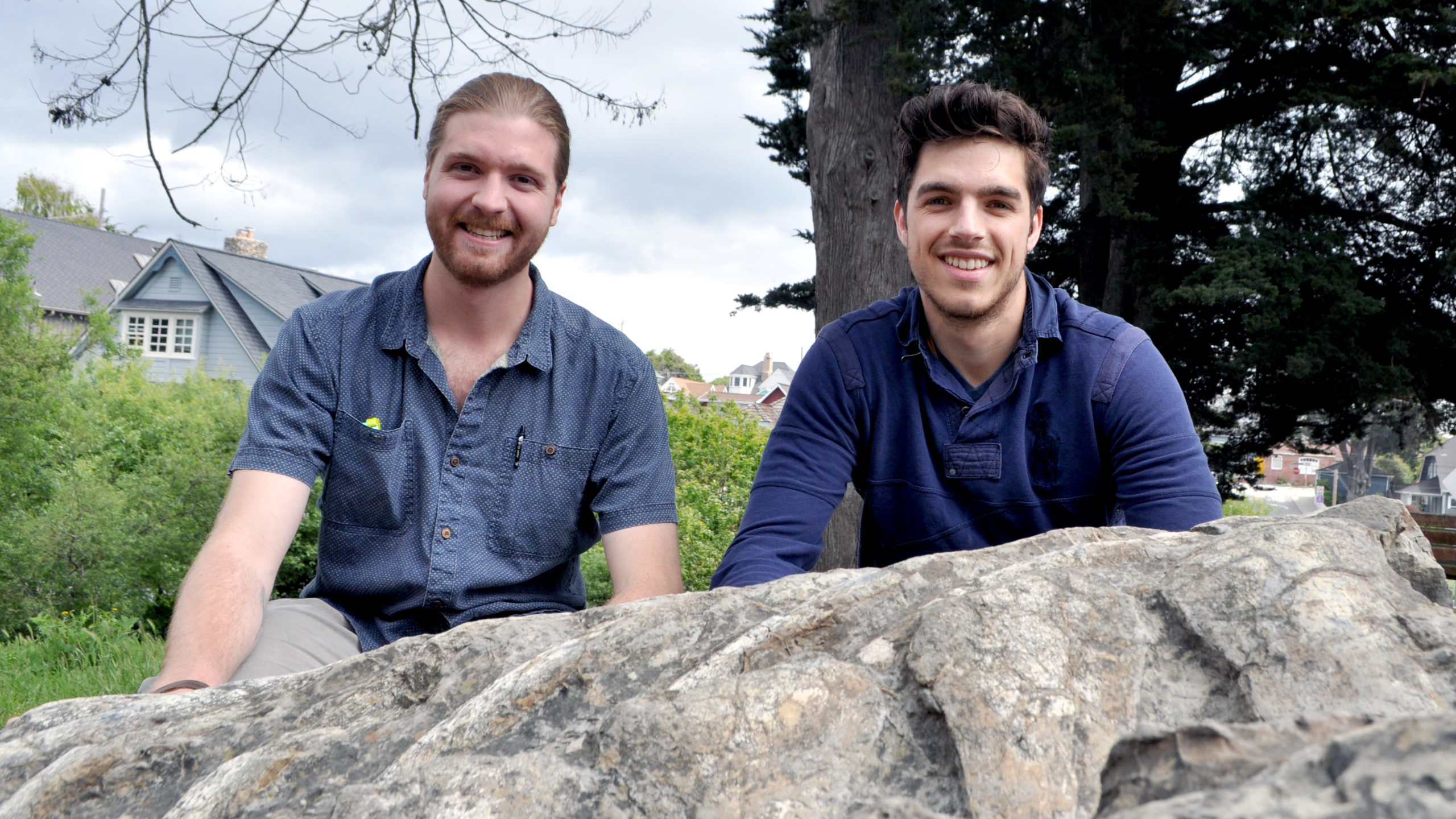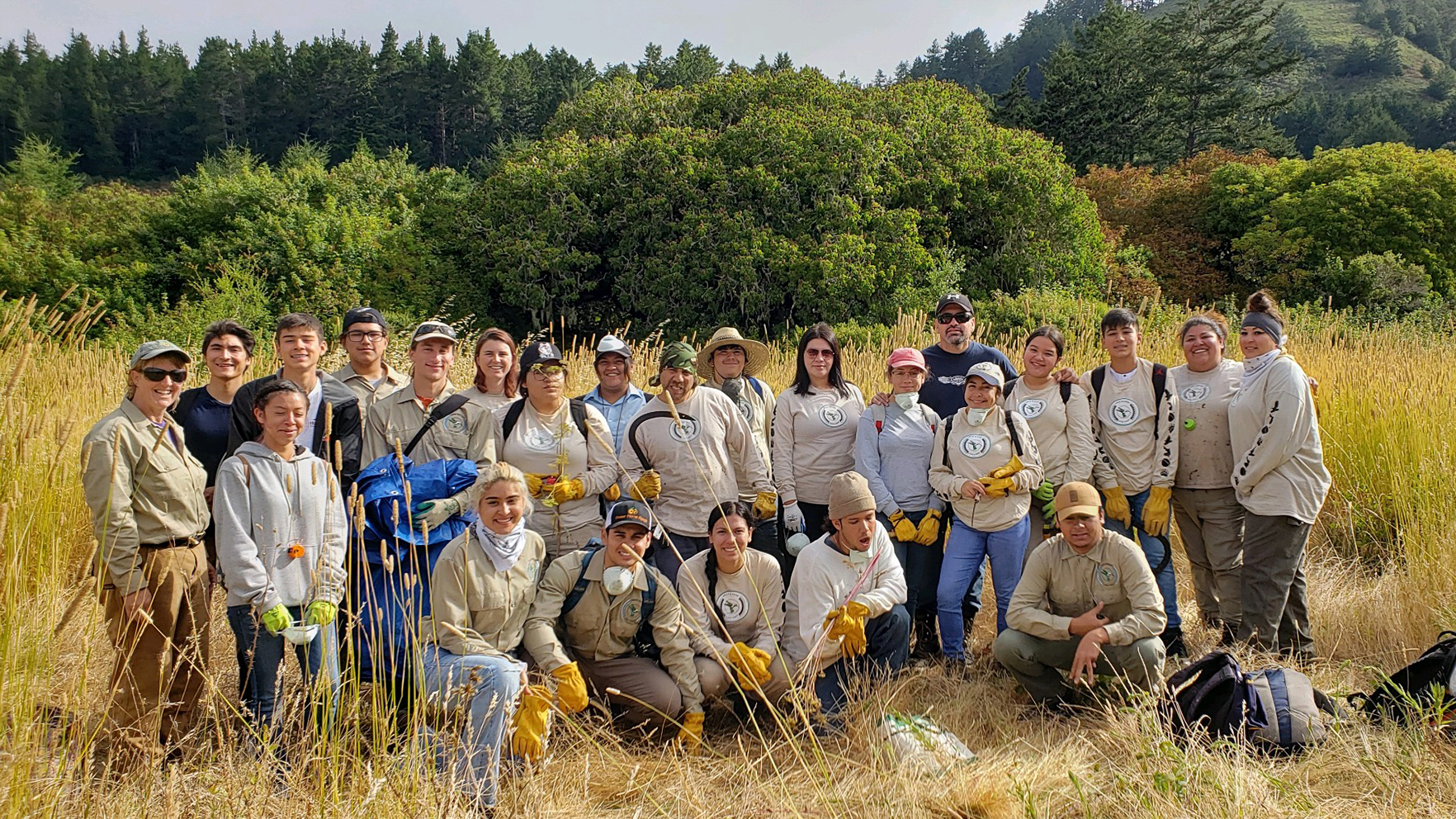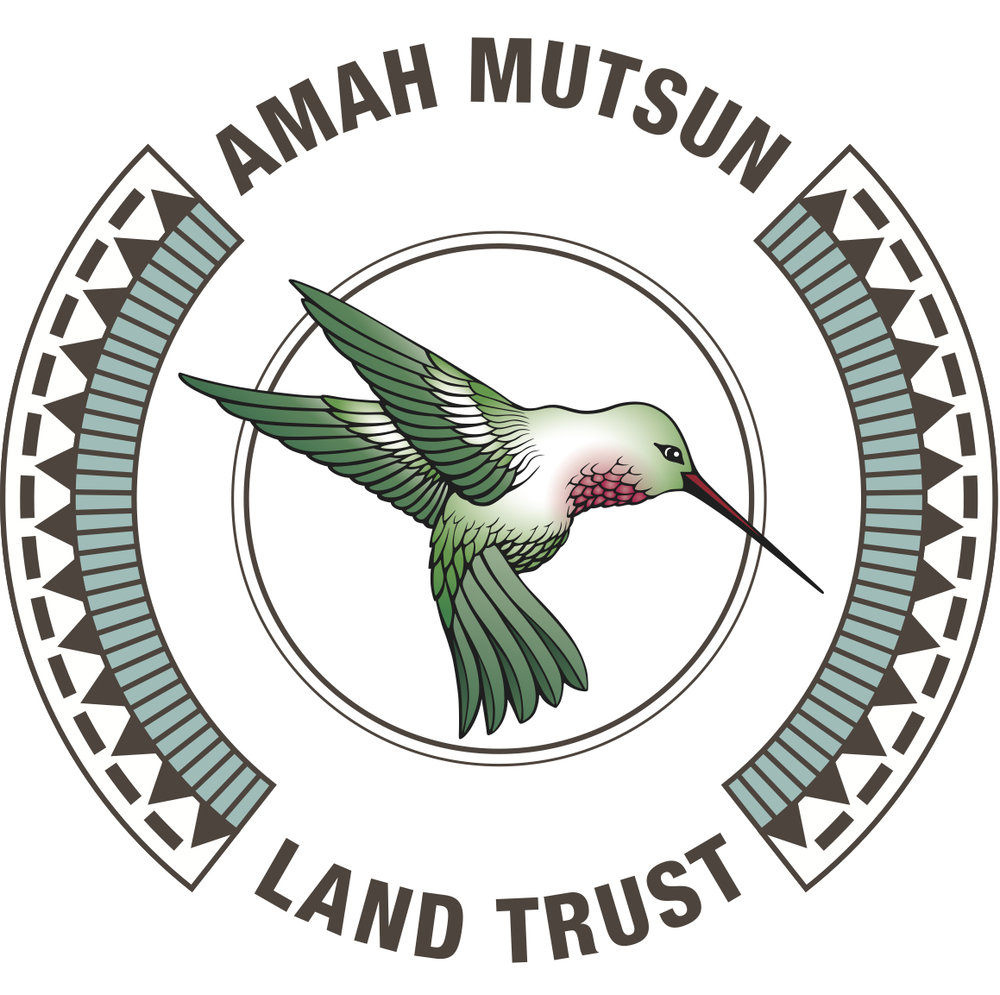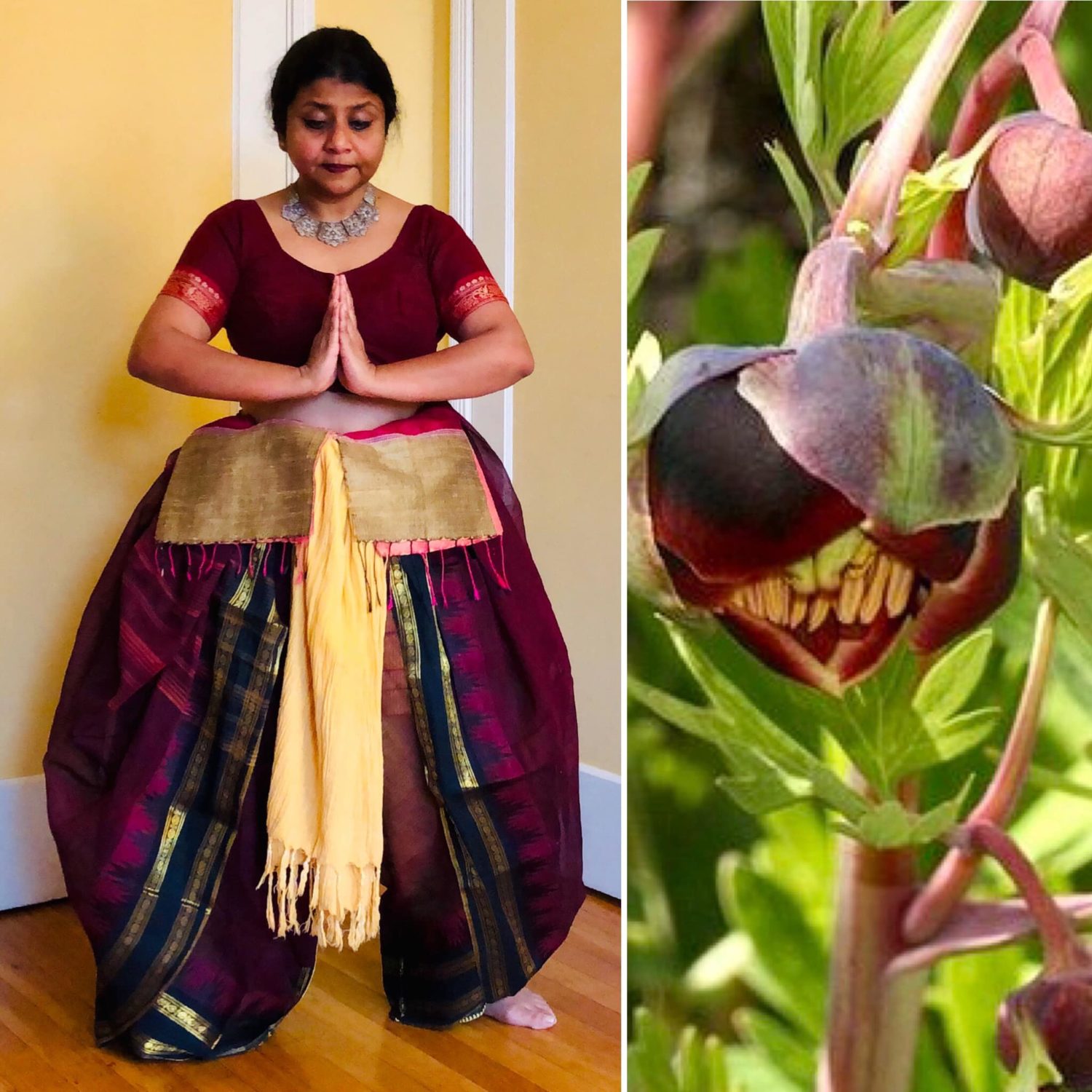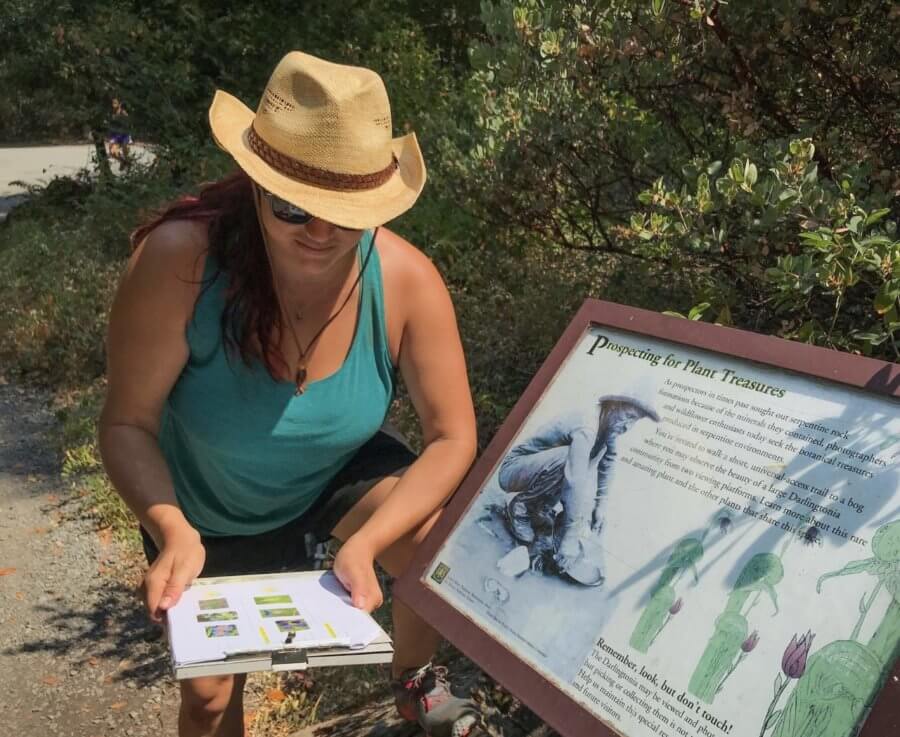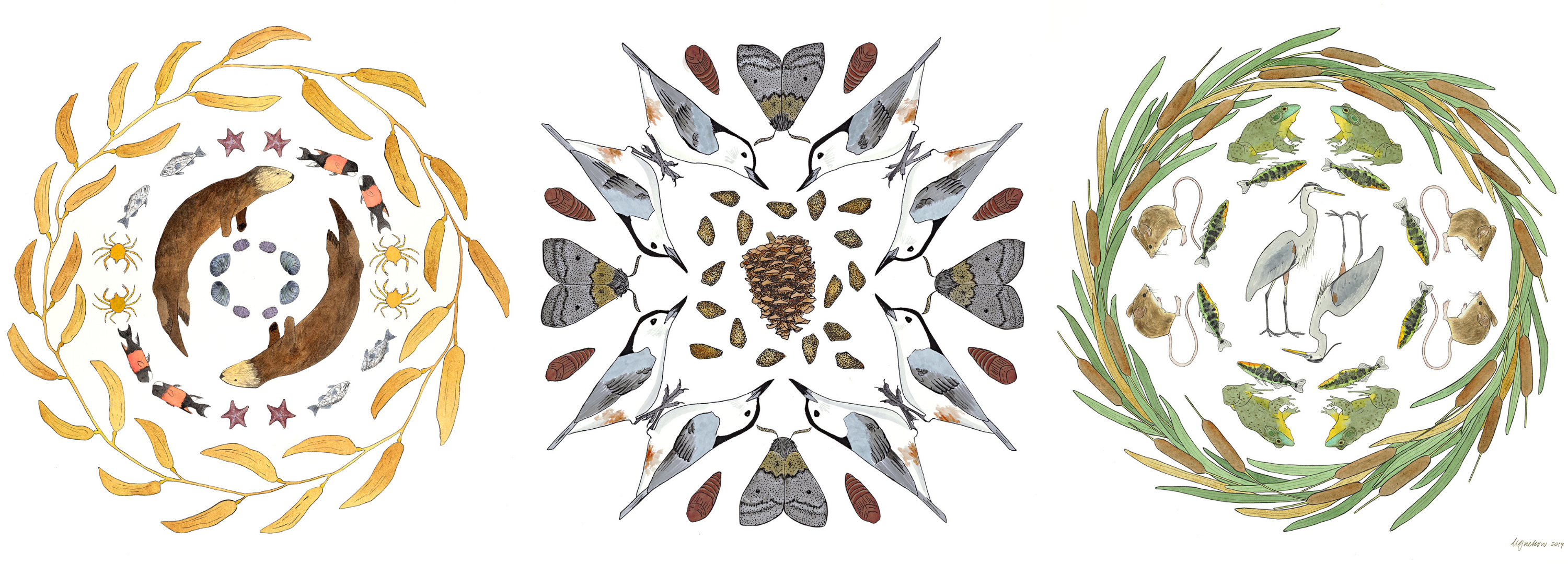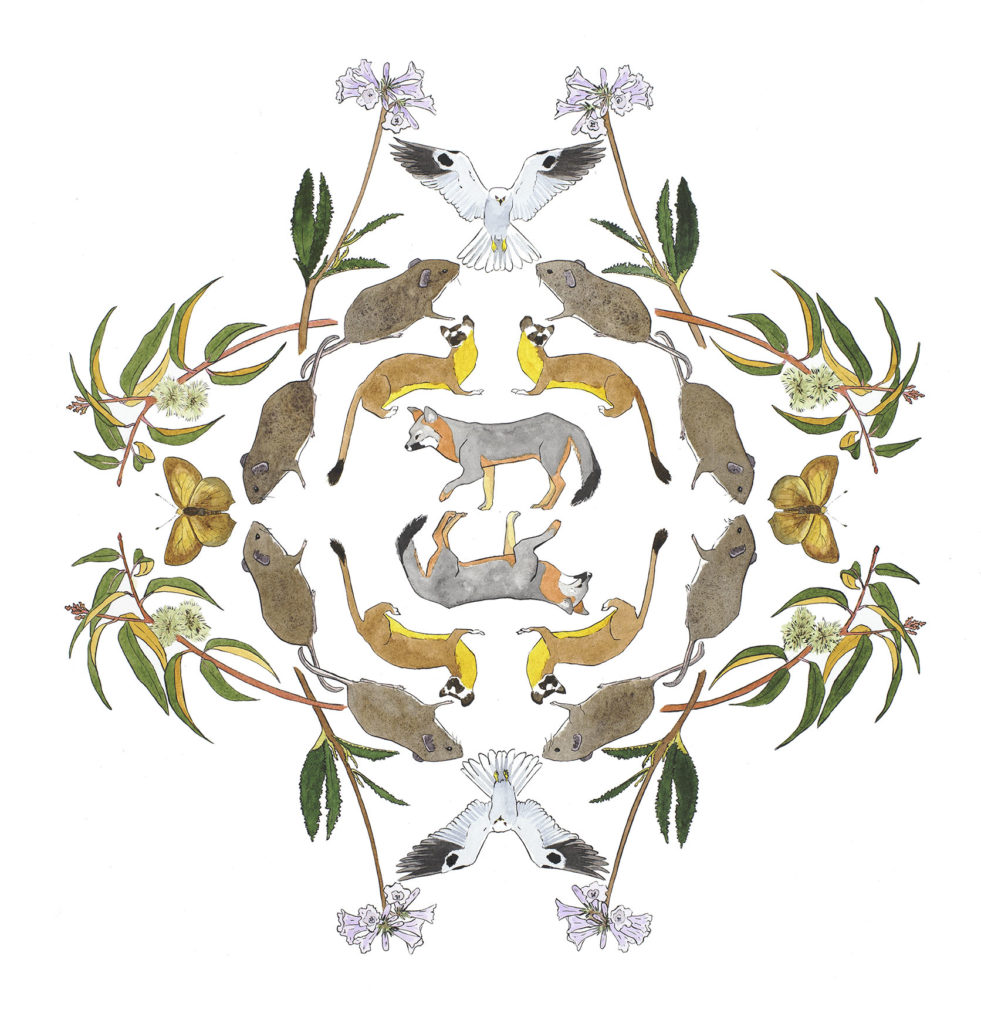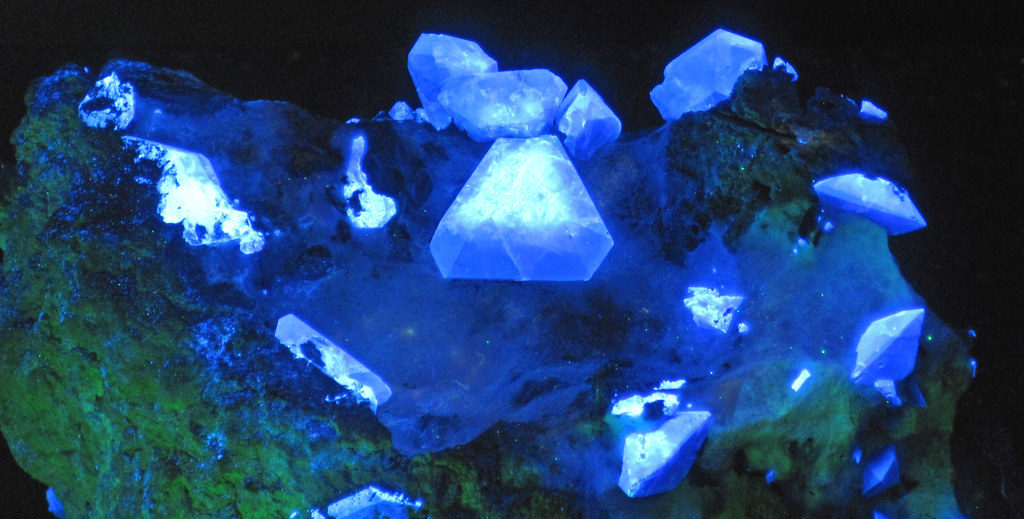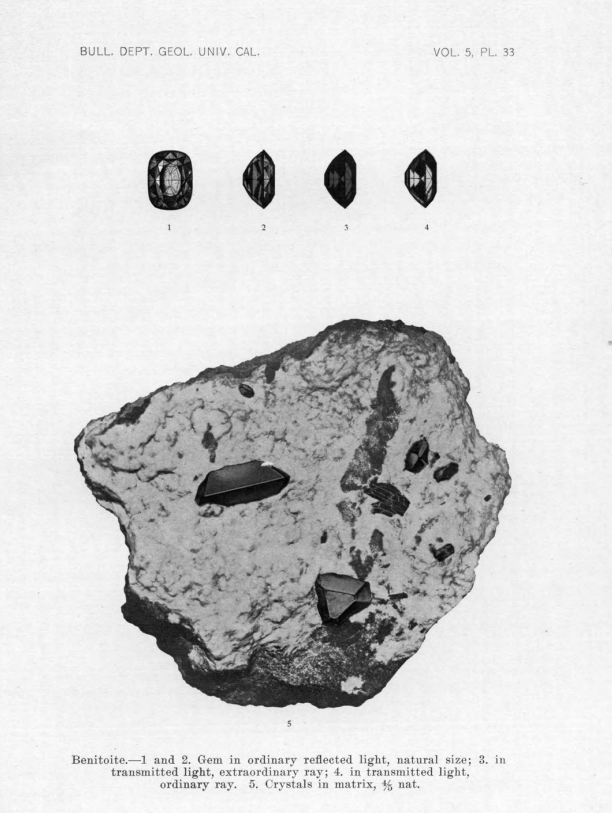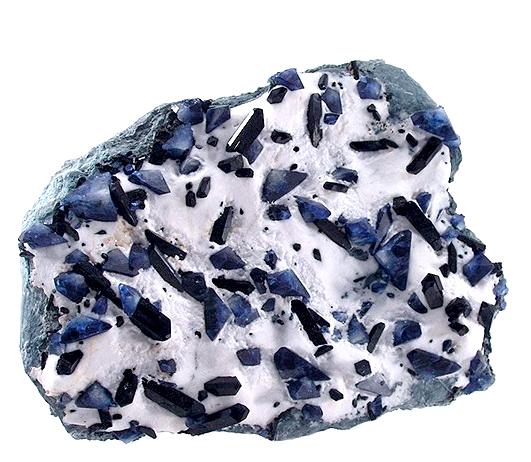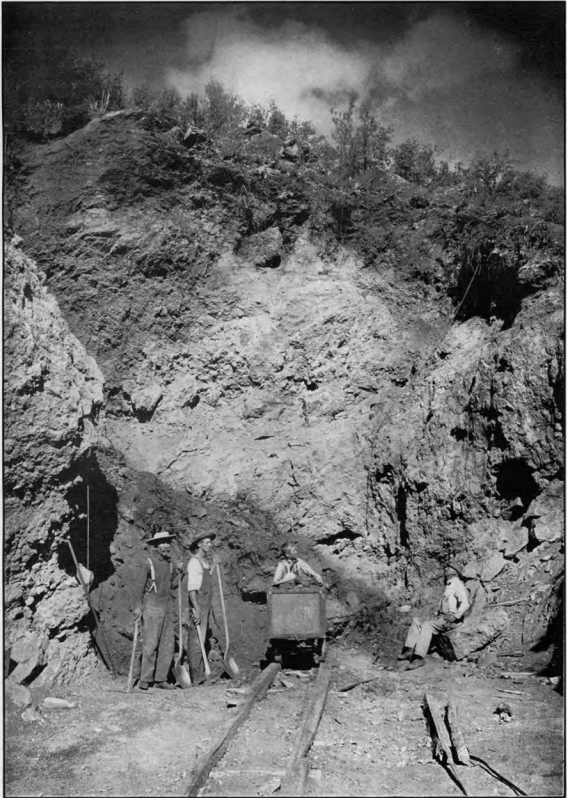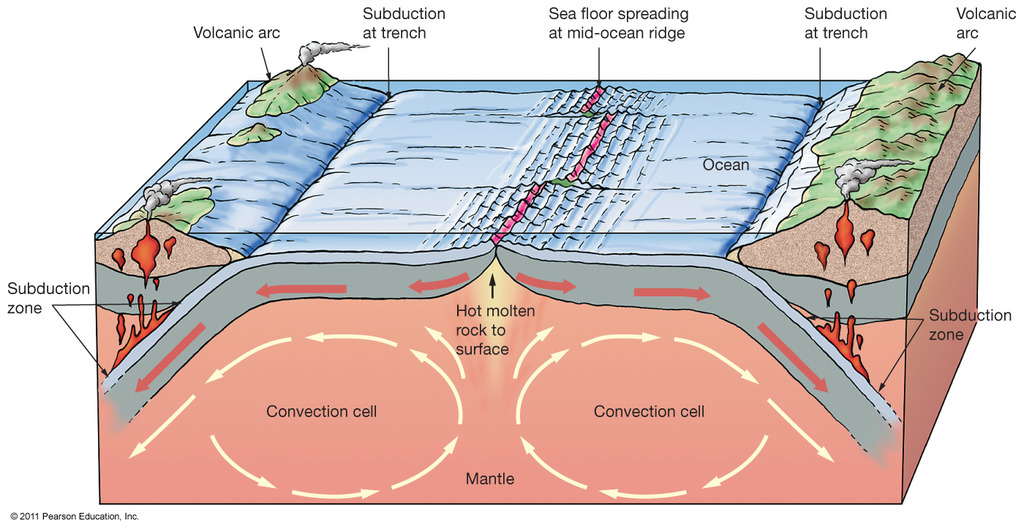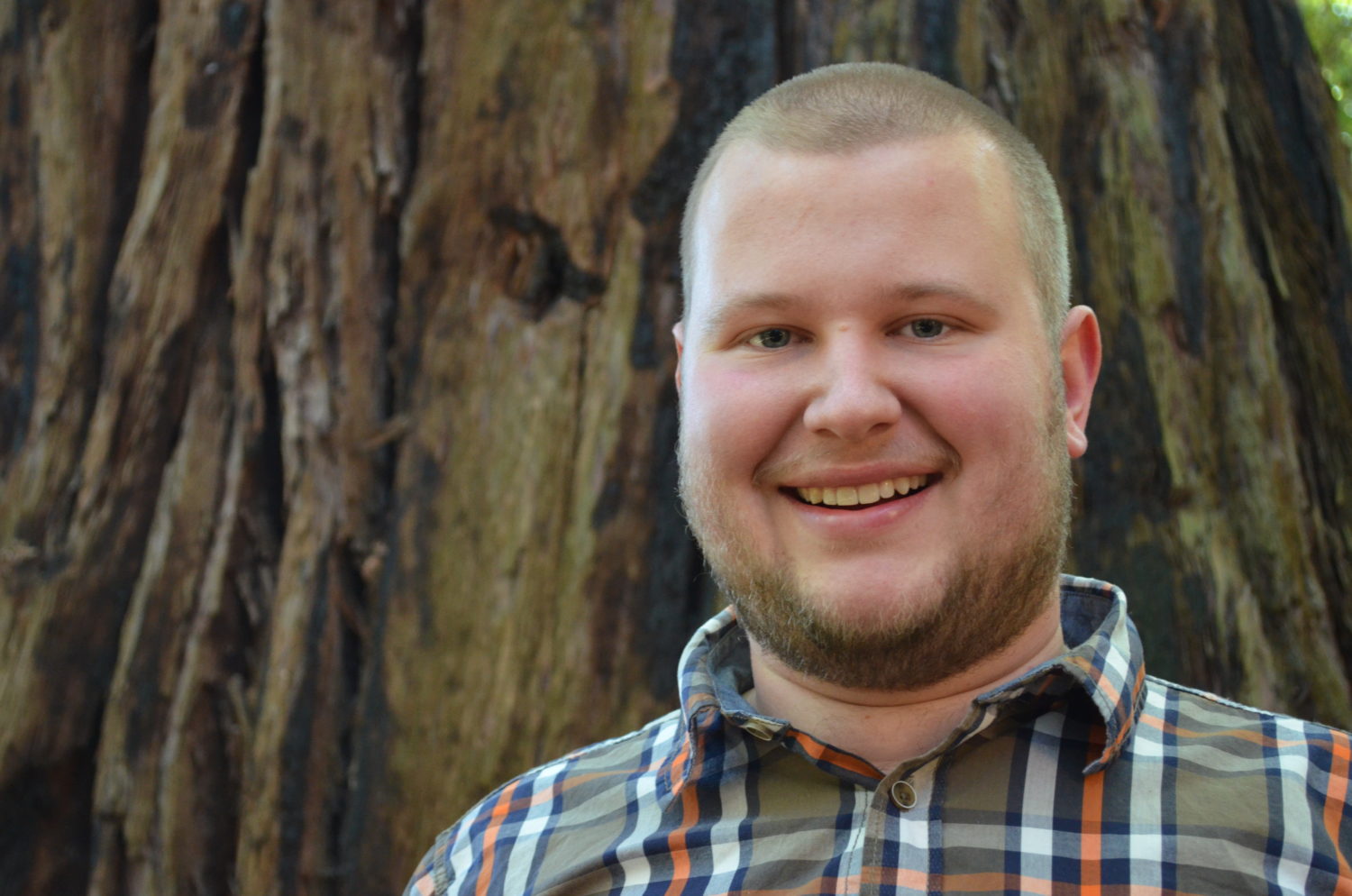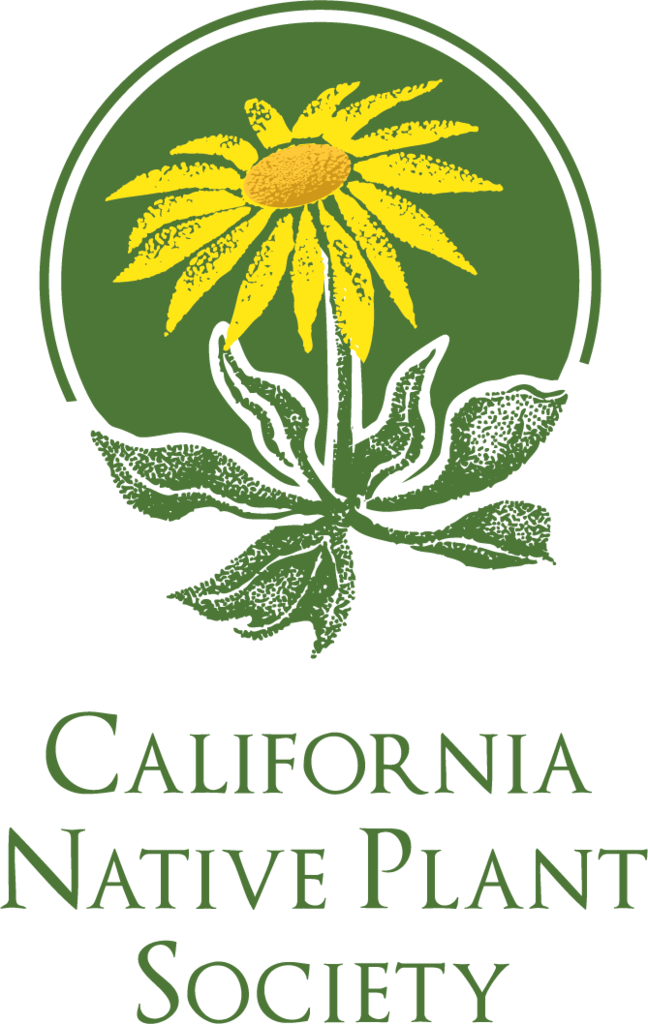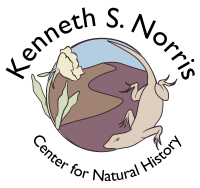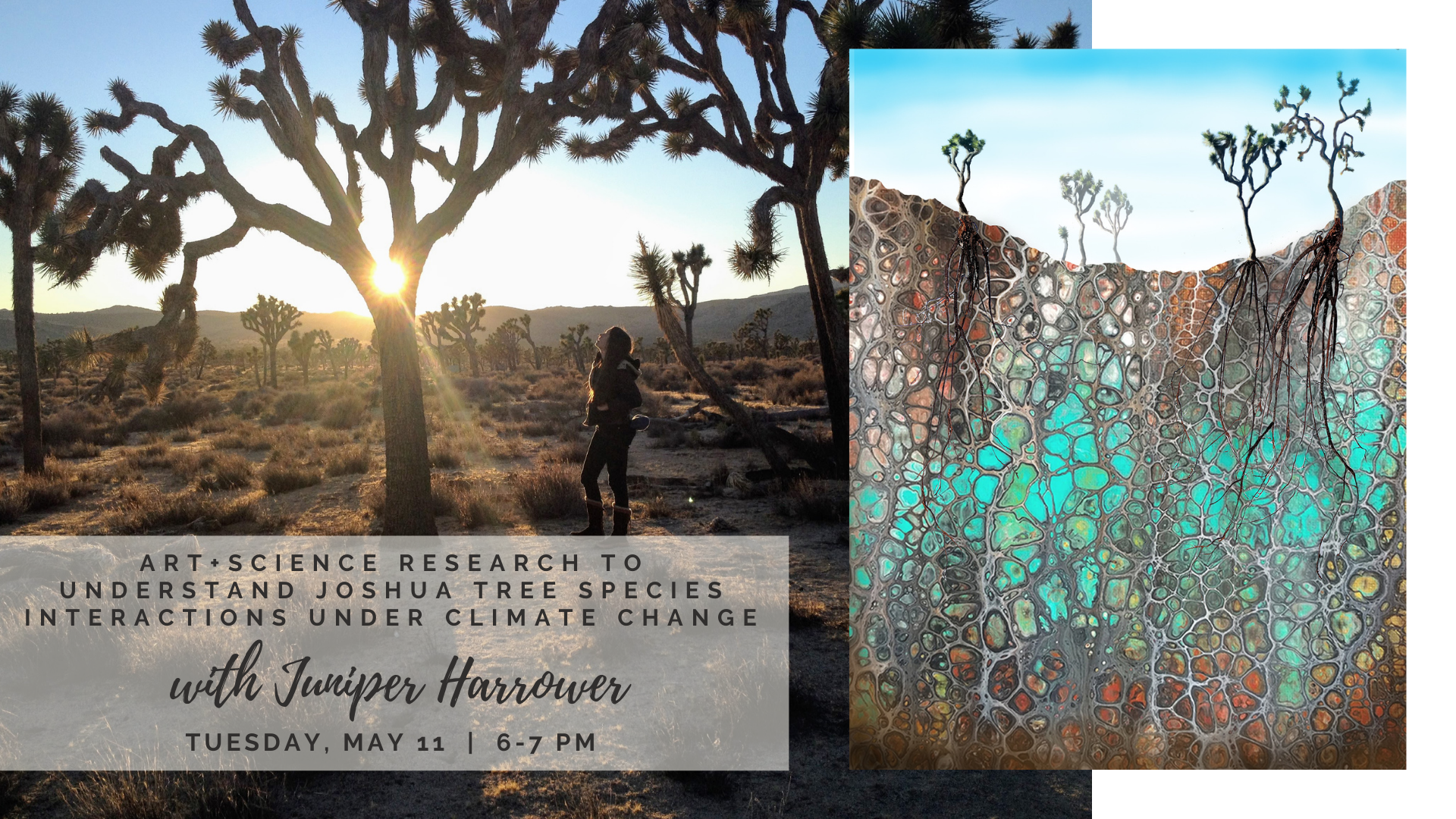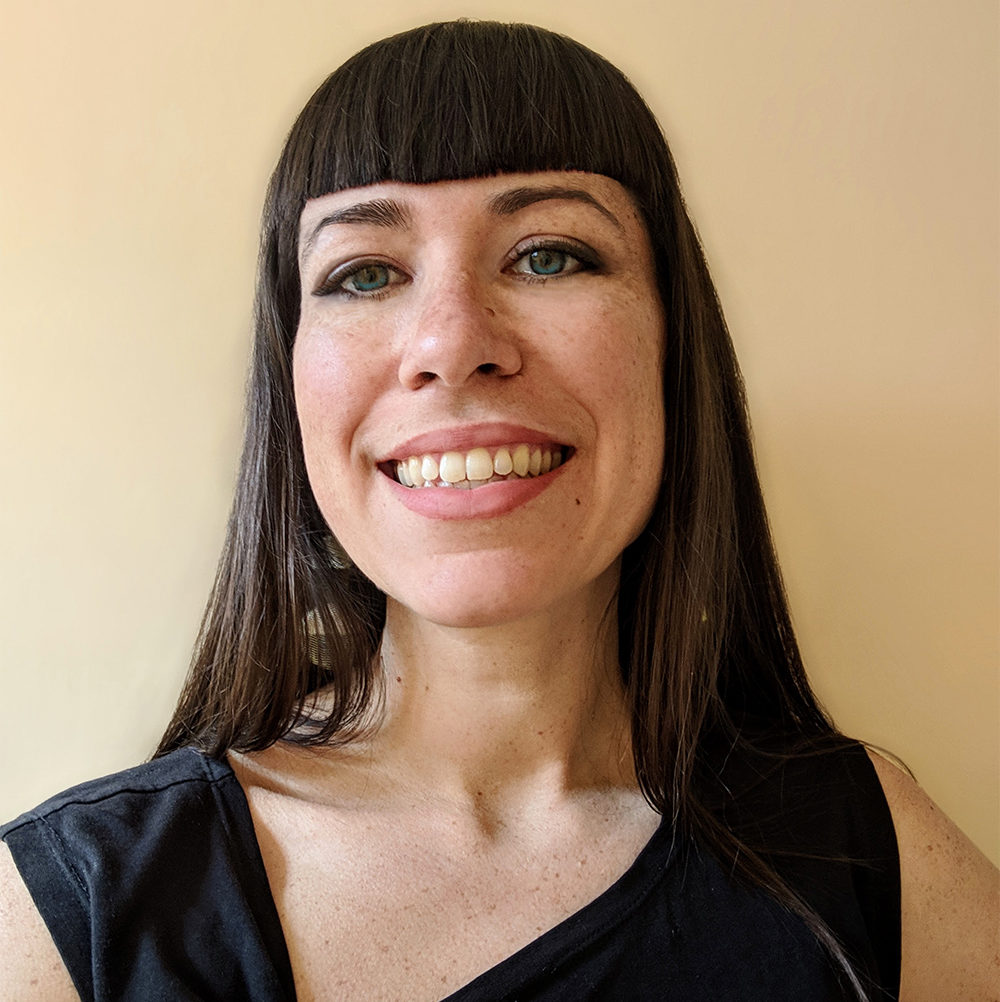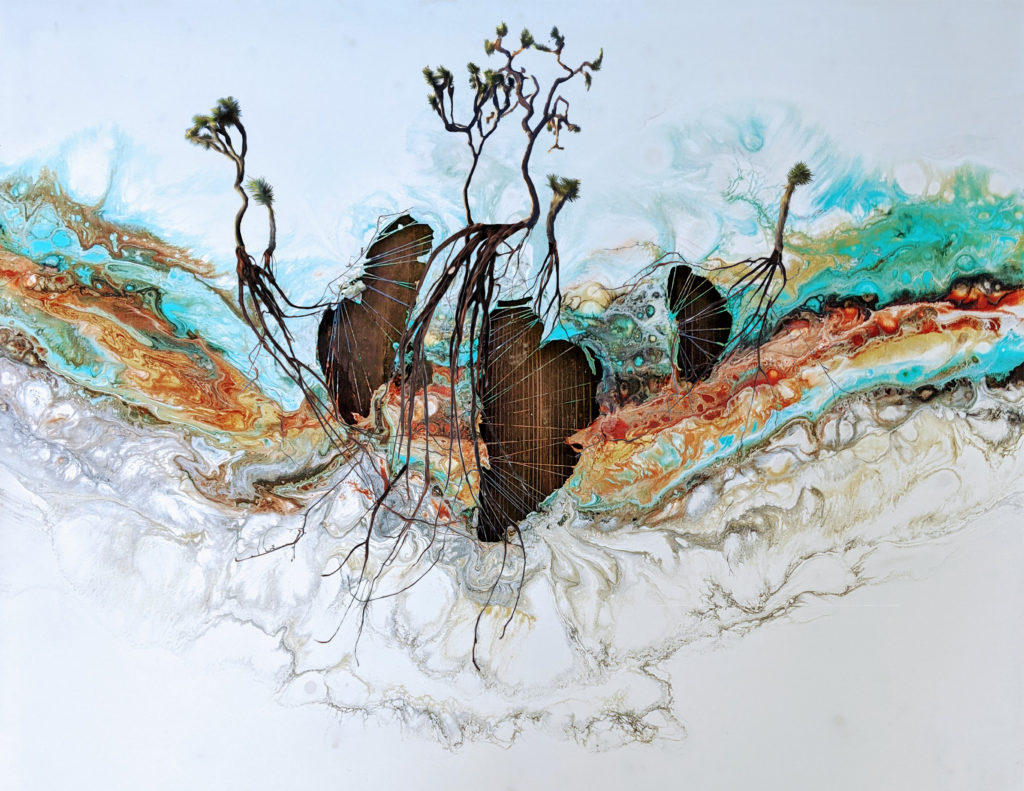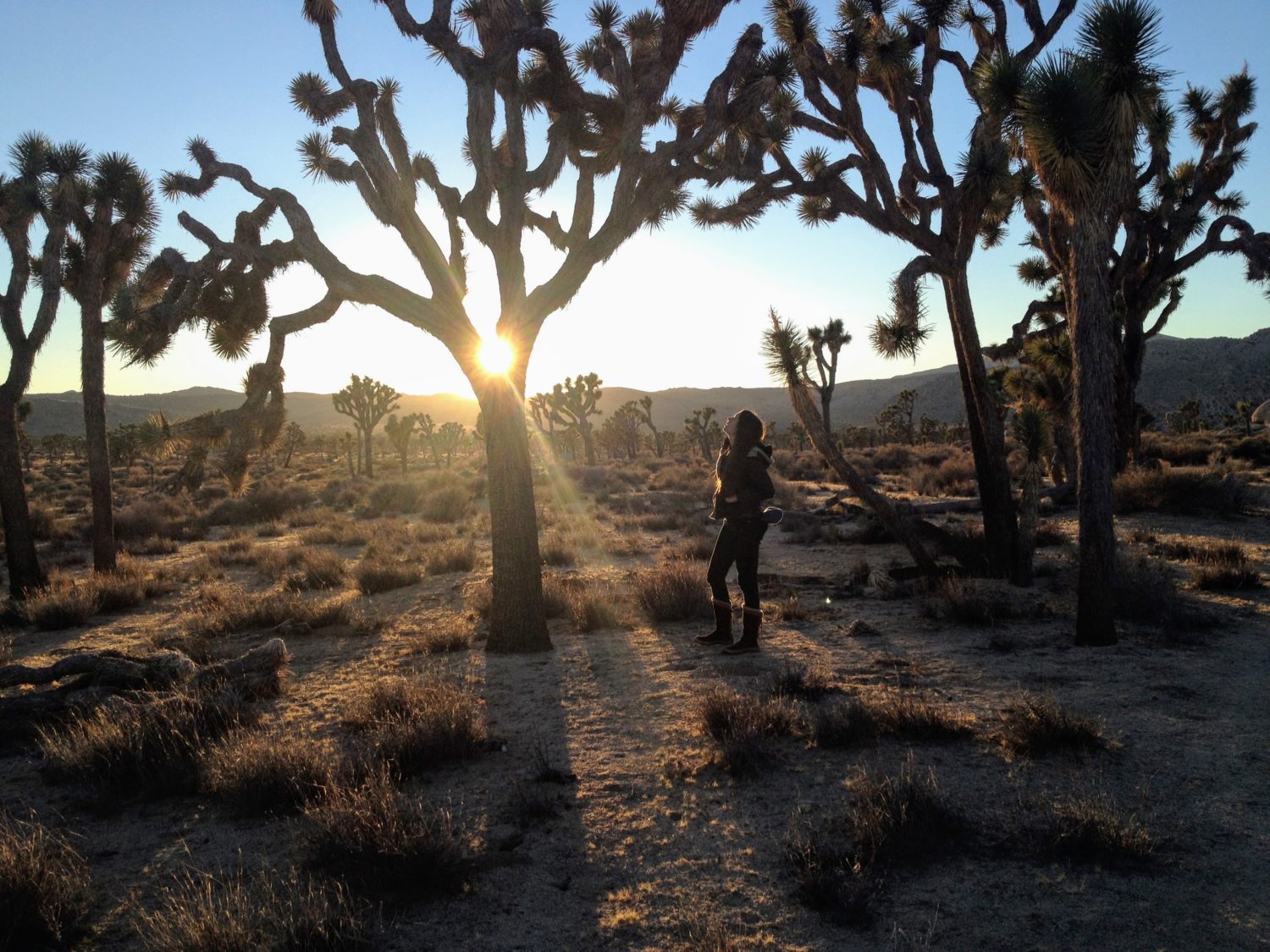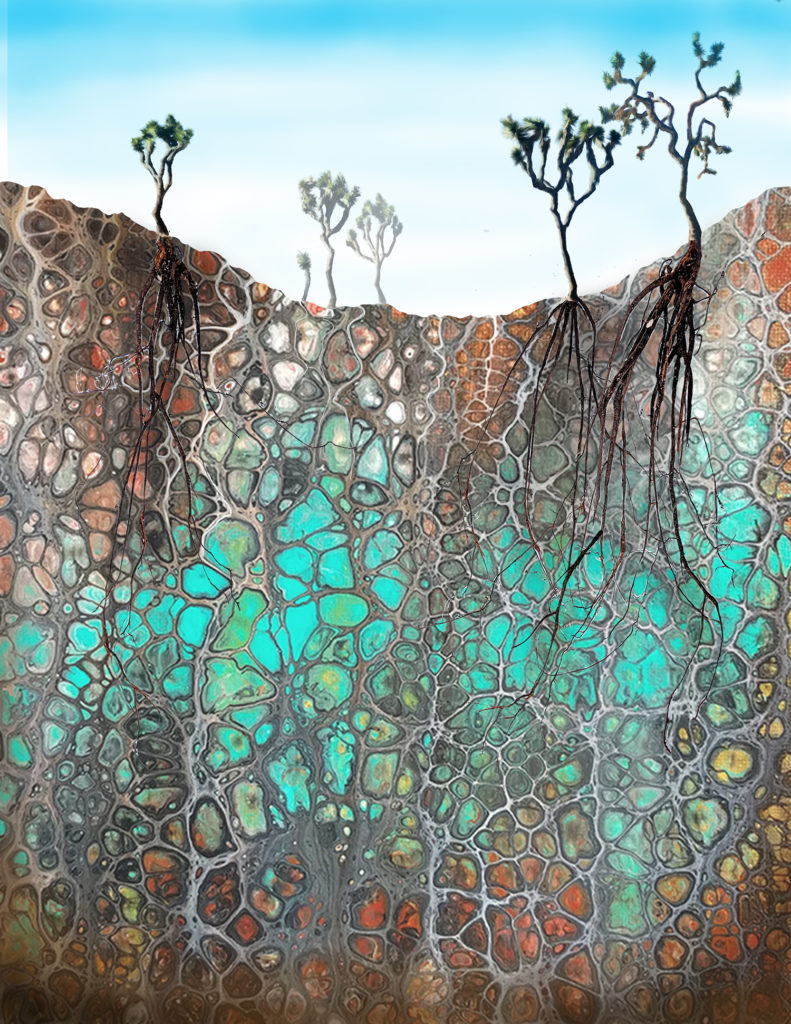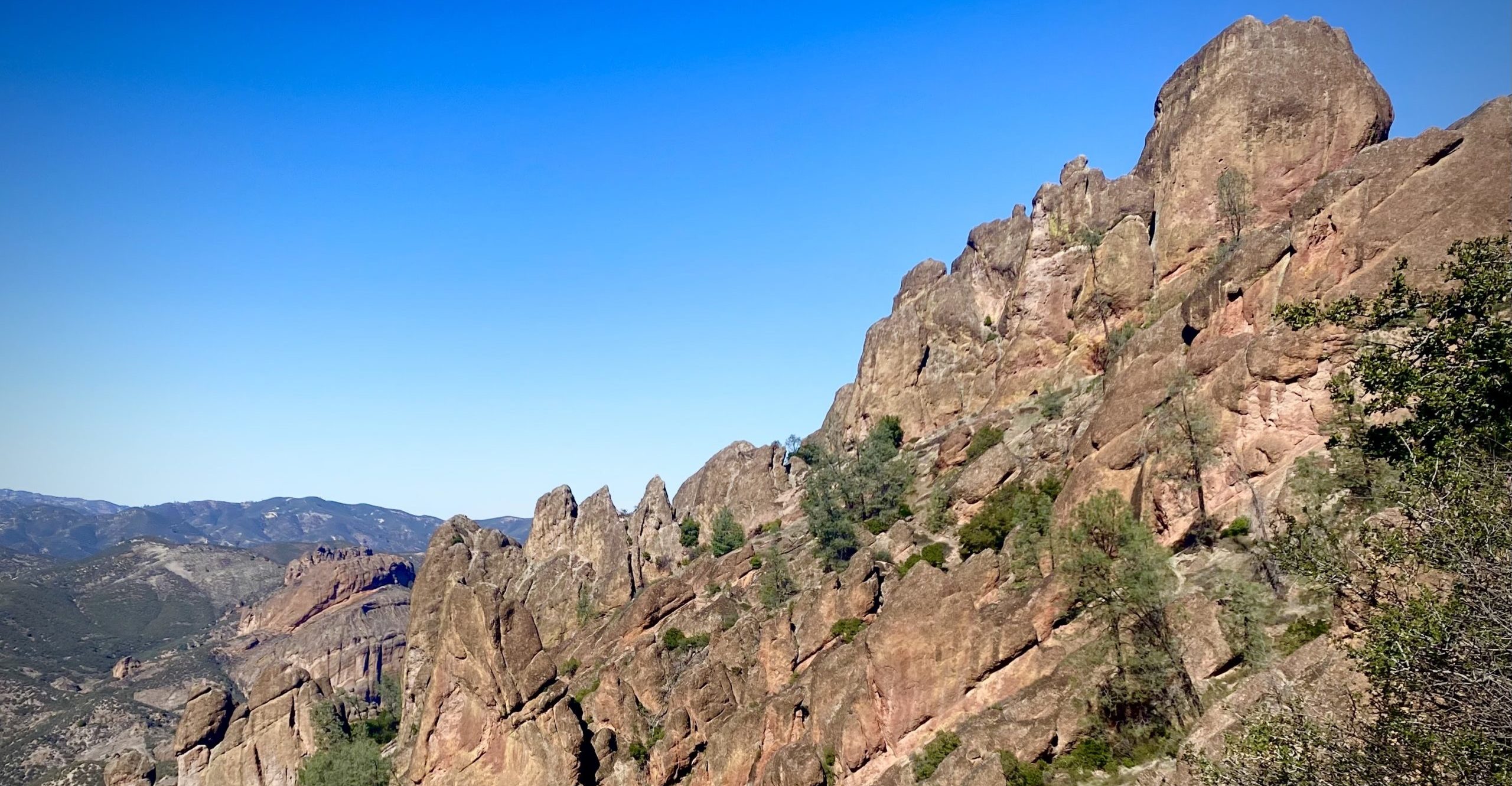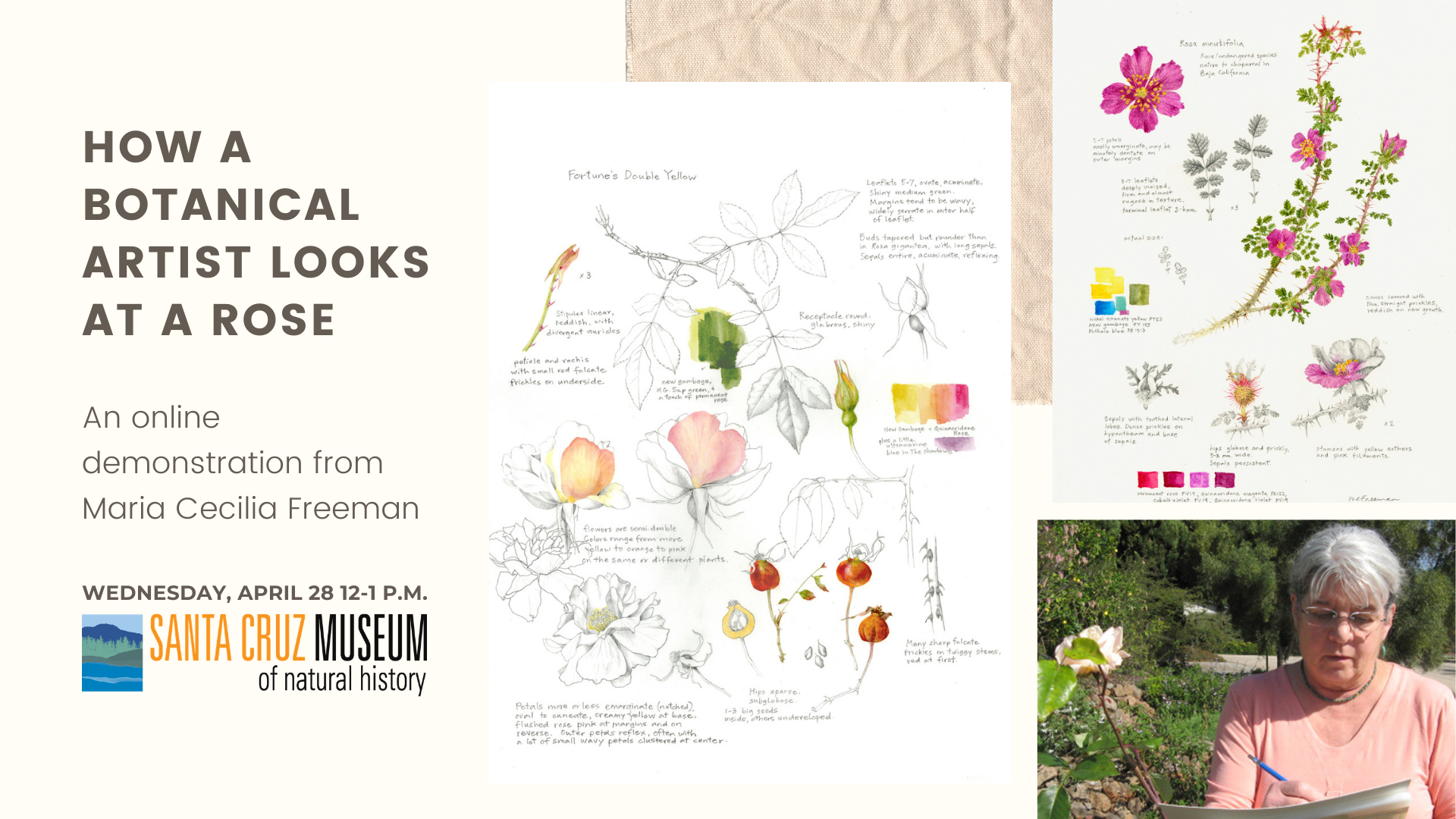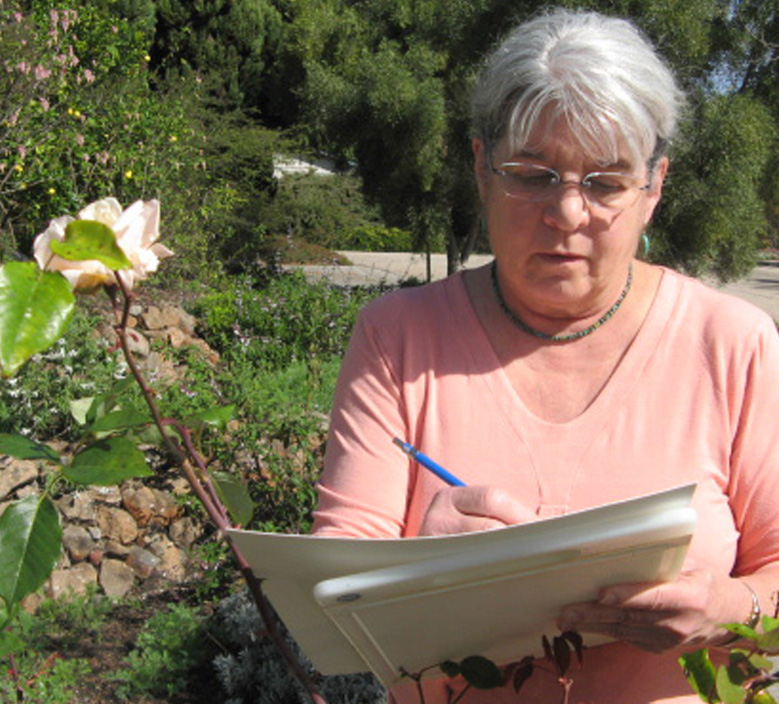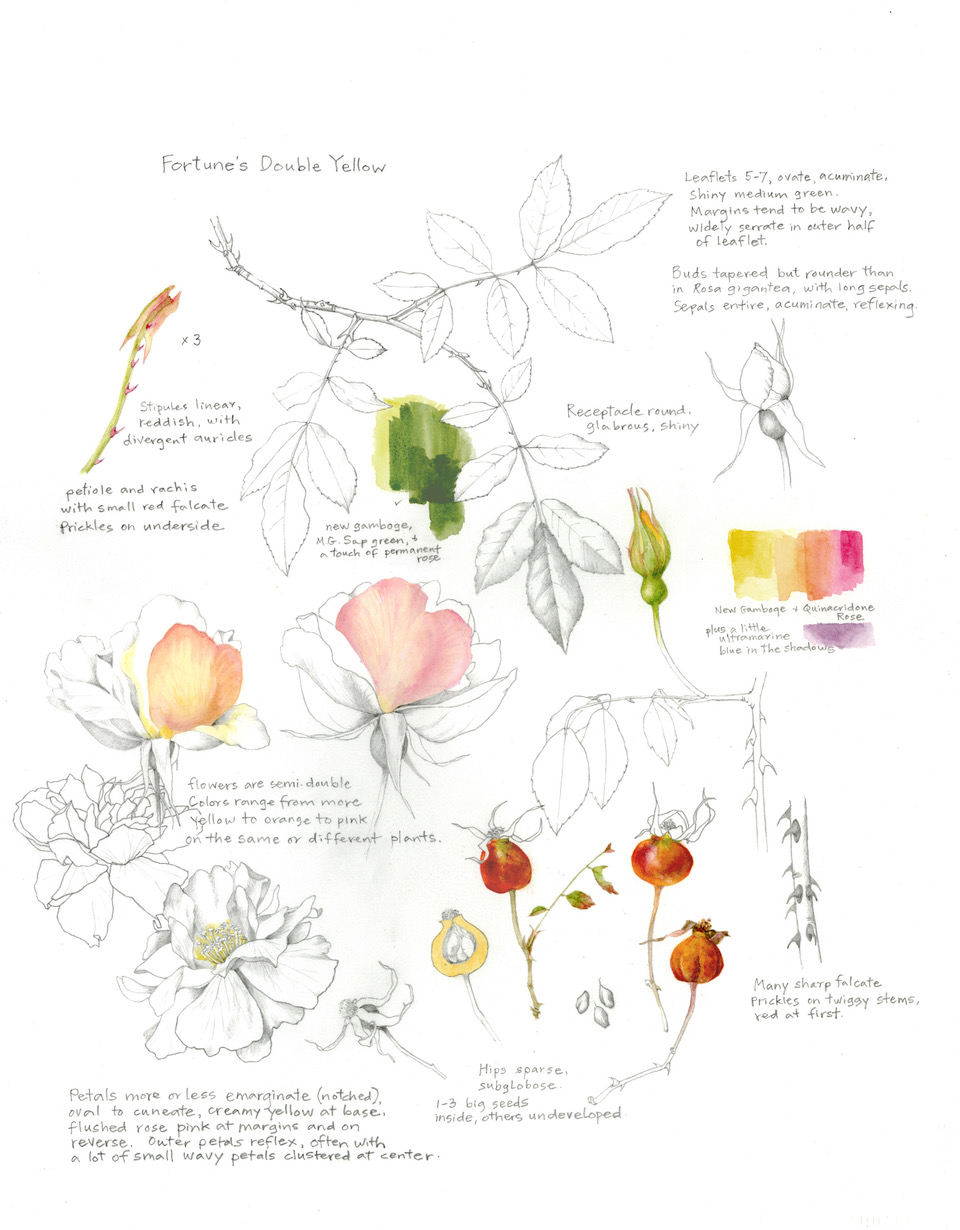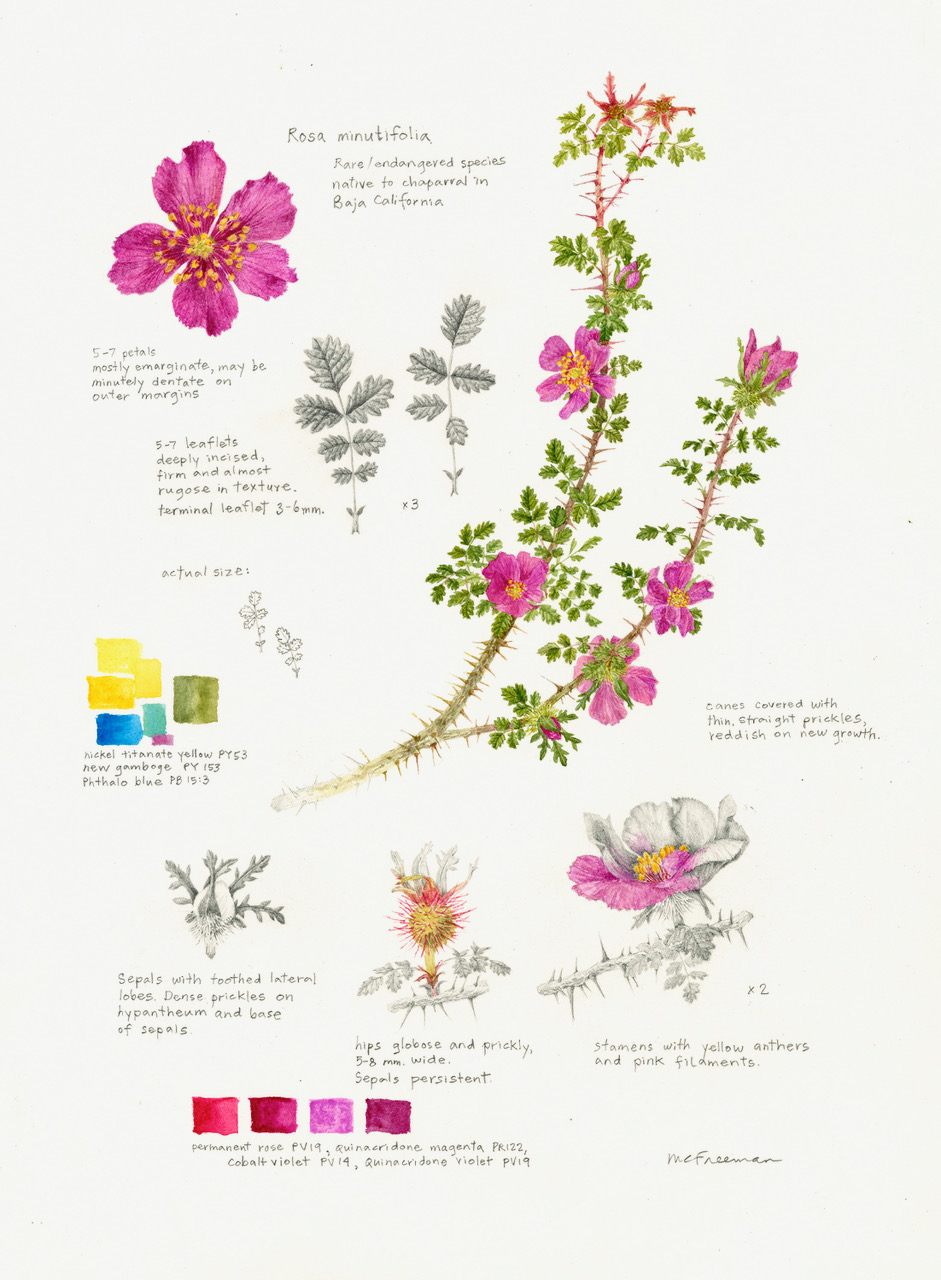For over three years, the Geology Gents have been regular fixtures at the Museum — both online and in-person. For this month’s pop-up though, we say goodbye to Graham as he heads out to New Hampshire for his post-doctoral work at Dartmouth College. The good news is that he’ll remain a Geology Gent from afar and Rockin’ Pop-Ups will continue!
In honor of this milestone, Graham and Gavin will be exploring some “great geologic goodbyes” for this month’s pop-up — from extinction events to the dismantling of Pangea.
About the Series: Join the Geology Gents, Gavin and Graham, for monthly conversations about rocks live on Facebook. Each month we’ll explore a different geologic topic, from Santa Cruz formations to tips for being a more effective rockhound. Graham Edwards and Gavin Piccione are PhD candidates in geochronology with the Department of Earth and Planetary Sciences at UC Santa Cruz.
Submit your questions ahead of time by emailing events@santacruzmuseum.org and feel free to include pictures of rocks you’d like identified! Note: you do not need to have a Facebook account to be able to watch the program live.

